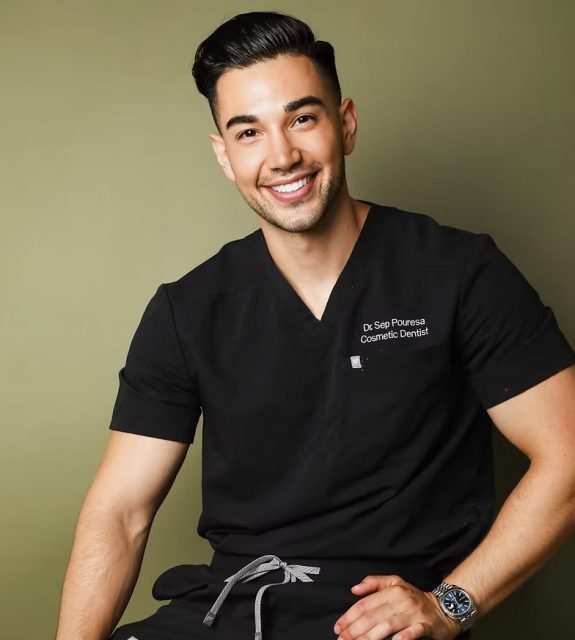If you look in the mirror and feel like your eyes aren't the bright windows to your soul that you want, you might be suffering from eyelid ptosis, or "droopy eyelids". This condition causes a tired, sleepy appearance and reduces vision, but it is not permanent and can be fixed with ptosis surgery. Nationally renowned board-certified plastic surgeon, Dr. Jose Rodríguez-Feliz serves local and international clients at his boutique aesthetic practice in Miami, FL. He is one of few surgeons in the United States that after completing his Residency in Plastic and Reconstructive Surgery, pursued further training in Oculoplastic and Aesthetic Surgery under world-renowned plastic surgeon Dr. Mark Codner. This gave him the opportunity of nurturing his passion for form and beauty as well as to earn a specialization in aesthetic eyelid surgery (blepharoplasty), complex/revision eyelid surgery and correction of droopy eyelids (ptosis surgery). Dr. Rodríguez-Feliz explained to Haute Beauty how ptosis surgery works, who is a good candidate, and what recovery looks like.

Haute Beauty: Can you talk about the process of ptosis surgery?
Dr. Jose Rodríguez-Feliz: Ptosis is the medical term for “droopiness ”. In the upper face the most common areas affected by ptosis are the brows and the upper eyelid. When it comes to eyelids and peri-orbital rejuvenation, it is very important to evaluate if the patient has a droopy upper eyelid or a droopy brow. If they do, the approach to eyelid surgery is completely different and requires additional procedures to correct it such as endoscopic brow lift for droopy brows or ptosis repair for droopy upper eyelids.
HB: Who is a good candidate?
JRF: All patients that are considering removing excess skin or improving the appearance of the lower lids must be evaluated for the position of the eyebrows and also the position of the upper lid in relation to the pupil. If this is not done in the initial evaluation the patient runs the risk of having issues post-op. The most common complain of patients that undergo a conventional blepharoplasty and that had underlying droopy upper eyelids is that they feel they still look tired. In fact, this is related to the fact that their droopy eyelid was never addressed. Also, when you have a patient that has droopy brows and they undergo a conventional blepharoplasty where the skin is removed from the upper lids without addressing the position of the brows, they run the risk of having worsening of the brow ptosis post-op which could make them look “angry”.
HB: What are the main reasons for this procedure?
JRF: In patients with droopy eyebrows or droopy eyelids, it is very important to address this during the initial eyelid surgery procedure otherwise the patient can actually look worse after a conventional blepharoplasty which only removes excess skin and fat from the lids.
HB: How long do results last?
JRF: The results are long-lasting. Traditional brow lifts can last 8-10 years, but, for the most part, when you fix a droopy eyelid it is a one and done procedure, so once you get ptosis surgery, you'll be set for life.
HB: How long is the recovery?
JRF: The recovery for eyelid ptosis repair is a bit longer than for a conventional blepharoplasty. There is more work through the tissues done to correct droopy eyelids and the swelling in the upper lid tends to last longer. For a conventional upper blepharoplasty, the swelling can last for about 7-10 days, but once we add the component of eyelid ptosis repair, recovery can last 3-4 weeks.
For more information, visit Dr. Jose Rodríguez-Feliz's social media:





















